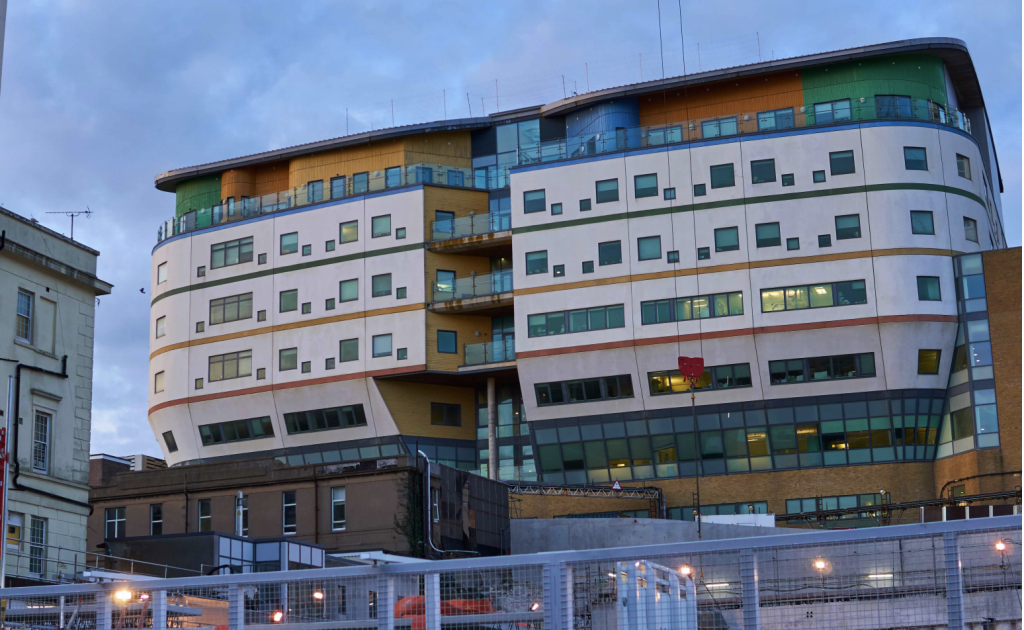A large swathe of Sussex is to see its NHS hospital trusts merge into one mega-trust with a turnover of more than £1 billion a year.
Brighton and Sussex University Hospitals Trust (BSUH) with around 8,000 staff and an annual income of almost £600 million a year, will merge with Western Sussex Hospitals with more than 7,000 staff and an annual income of almost £500 million.
The new organisation would serve Brighton and Hove, Mid Sussex, and the coastal stretch of West Sussex from Shoreham to Chichester. This includes St Richard’s Hospital, Chichester, Worthing Hospital, Southlands Hospital, in Shoreham, the Royal Sussex, the General Hospital, Royal Alexandra Children’s Hospital, and Sussex Eye Hospital, all in Brighton, and the Princess Royal Hospital, in Haywards Heath. With a possible 15,000 staff, the trust would be dominant along the south coast, overshadowing much smaller neighbouring trusts.
Concerned
Campaigners in Sussex fear the merger could have negative implications for staff and patients and a knock-on effect on hospitals in the east of the county in Eastbourne and Hastings.
They speculate that staff numbers will be cut and the centralisation of services will create access problems for patients. The campaigners point to difficulties of access for patients if the rumoured-merger of the Brighton Eye Hospital with the eye unit in Worthing goes ahead.
Madeleine Dickens of Sussex Defend the NHS said:
“The announced merger of Western Sussex Hospitals NHS Foundation Trust and BSUHT in Brighton is just the first step in the imposition of the West and East Sussex Sustainability and Transformation Plan, first announced in 2016. We fear that long-rumoured closures and downgradings of hospital services will follow on from this. The closure of the BSUHT Eye hospital with the transfer of provision to Worthing hospital and futures of the Queen Victoria in Lewes, Eastbourne DGH and the Princess Royal in Haywards Heath could all be in question.
Announcement
The merger decision was announced to staff in a letter sent 6 July, in which, Dame Marianne said the trusts had decided they needed to revisit the options “in the light of the changes in the NHS and the recent successful joint working between the trusts”.
The statement also said: “Our ambition with a new, single organisation is to create new specialist services and continue to develop and deliver outstanding local care to our patients….Building on this closer working relationship and creating a new, single organisation will provide us with many opportunities to design and grow services for our local communities and improve the care we provide across Sussex.”
Performance issues
This merger was first proposed back in 2016 after BSUH was placed in “financial special measures” due to its large deficit and a Care Quality Commission (CQC) rating of “inadequate”. Western Sussex at the time was rated “outstanding” by the CQC. In April 2017, the chief executive of Western Sussex, Dame Marianne Griffiths, took control of both trusts and the plan was for the Western Sussex to help BSUH improve.
In a CQC inspection in 2019 Western Sussex retained its “outstanding” rating, whilst BSUH improved its rating to “good”. BSUH left quality special measures in January 2019 and financial special measures in July 2018. However, despite the input from Western Sussex, in August 2019, NHS Improvement raised concerns over BSUH’s financial and waiting time performance and warned it could take formal action.
In October 2019 the working together was formalised and the two trusts formed a permanent group structure with shared leadership. As well as sharing a chief executive, they now also share several executives and a chair, Alan McCarthy.
Action
Local campaigner Madeleine Dickens believes “the implications are dire” and will prove controversial and is taking part in a regional network to fight the plans along with members from the seven other NHS campaigns across the two counties.
The trusts themselves still have to develop a full business case for the merger. There are also implications for neighbouring trusts; in January 2020, the tiny Queen Victoria Hospital Foundation Trust, in East Grinstead, indicated it could join any group structure, but now it will have to consider its plans in the light of the full merger. HSJ reports that the governors of both trusts support the proposed merger.
Dear Reader,
If you like our content please support our campaigning journalism to protect health care for all.
Our goal is to inform people, hold our politicians to account and help to build change through evidence based ideas.
Everyone should have access to comprehensive healthcare, but our NHS needs support. You can help us to continue to counter bad policy, battle neglect of the NHS and correct dangerous mis-infomation.
Supporters of the NHS are crucial in sustaining our health service and with your help we will be able to engage more people in securing its future.
Please donate to help support our campaigning NHS research and journalism.


